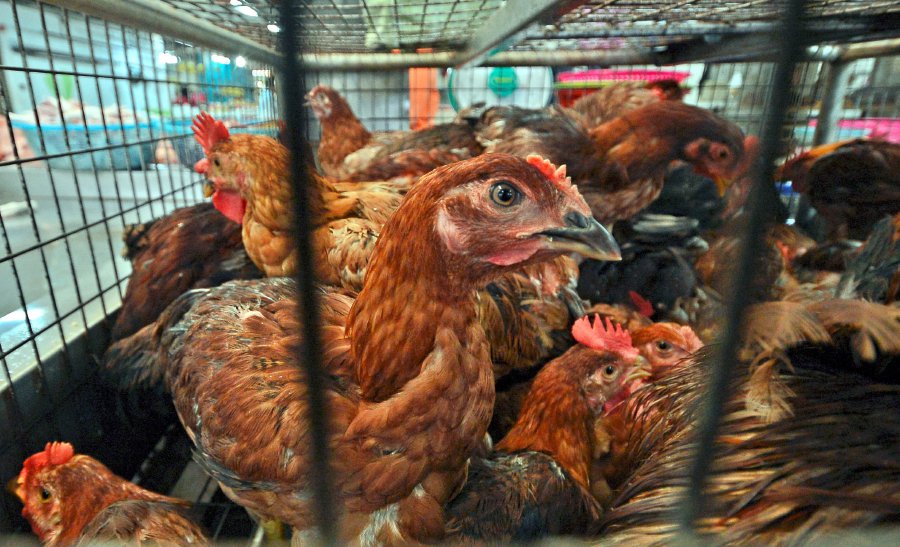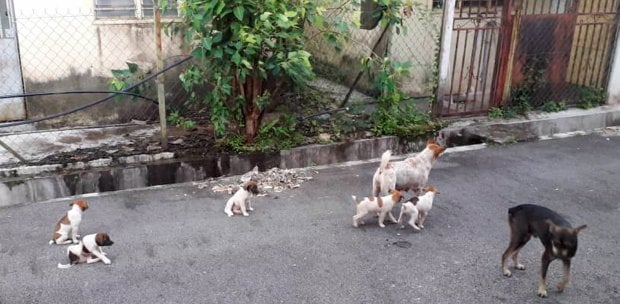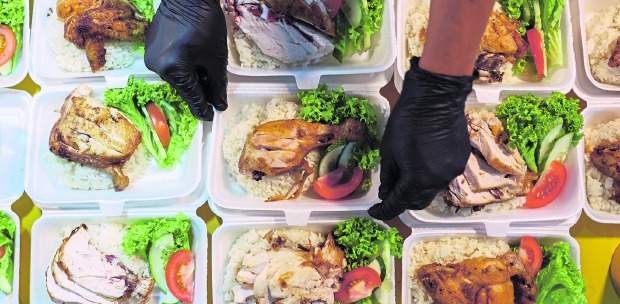WHY is it that every time there is a festival, be it Hari Raya, Chinese New Year or Deepavali, there is a sudden surge in demand for food? Local authorities will start monitoring the prices of food. They have to ensure that there are no unwarranted price hikes as a result of hoarding or other forms of exploitation by retailers.
The retailing of chicken, often closely monitored, is always a subject of contention among consumers during the festive season, especially on the supply side. Reports of shortage in the market are not uncommon.
Food is a major concern for everyone. There have been reports of riots in countries experiencing food shortages.
At one time, there was an acute shortage of cooking oil in India because the monsoon that year wreaked havoc on the domestic oilseed crops.
The consequence was a nationwide riot, with people blaming the government for the shortage. That was when India decided to import palm oil from Malaysia. In a way, that bout of cooking oil shortage was a blessing.
Now, the world deals with another blow over food shortage. East African countries, especially Somalia and South Sudan, are badly affected by drought-induced famine, which has taken many lives, especially children.
This explains why food security is the top agenda for all countries. In Malaysia, the discourse on food security has been on the plate for decades. Take our staple food rice as an example. We have yet to surpass the 70 to 75 per cent self-sufficiency mark. And, this is despite advances made in rice-breeding research and development, where new high-yielding varieties have been introduced to farmers.
The Malaysian Agricultural Research and Development Institute has made significant contributions over the years. Recently, it was reported that researchers from Universiti Putra Malaysia (UPM) have succeeded in producing new higher-yielding rice varieties. But, the self-sufficiency level has not changed much. Why?
Studies differ on the reasons. But, most are unanimous on the facts related to poor agronomic management and uncontrolled post-harvest losses.
Recent developments in rice-breeding research promise to change the equation on the nation’s rice self-sufficiency.
According to the Higher Education Ministry, which funds university research in the country, hope is on the way. UPM researchers are ready to recommend a new rice variety. Once implemented with the right agronomic support, we will be closer than ever to the self-sufficiency level that the nation has long dreamed of. A self-sufficiency level of at least 90 per cent is possible.
The nation has also been overly dependent on imports to meet our demand for beef, lamb and dairy products. There have been many attempts to grow our supply of beef to reduce the import burden. Initiatives to expand the country’s livestock industry have only achieved limited success.
But, we must not lose hope. A recent announcement by the government to venture into the dairy sector should be applauded. Over the years, our consumption of dairy has seen a big increase. As consumers improve their purchasing power, the preference for beef and dairy products will increase But, we need to have the right business model to make the venture into the dairy industry a success.
DR AHMAD IBRAHIM Fellow, Academy of Sciences Malaysia






